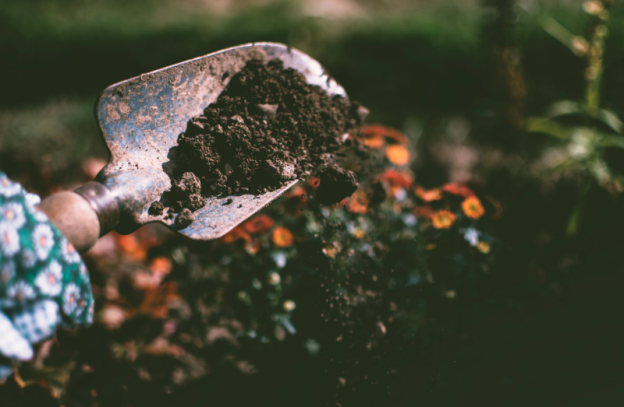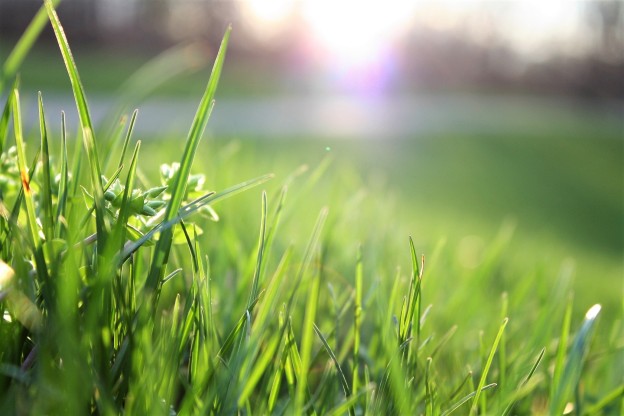Poor soil quality is every gardener’s worst nightmare.
There’s nothing worse than carefully planning and creating your perfect garden, only to produce vegetables, fruit or flowers that are weak, unhealthy and altogether disappointing.
Without healthy soil, all your gardening efforts could be in vain because healthy soil is essential for strong, nutritious, high-yielding plants that can resist pests and diseases and look beautiful in your garden.
If this sounds like your garden, don’t despair. Poor soil quality is a relatively common gardening problem. With some topsoil TLC, it can soon be improved.
So today let’s discuss how to spot if you have poor quality soil, why this happens, and how buying high-quality topsoil can help.
How do you know if your soil is poor quality?
Poor quality soil is usually very easy to spot because of its appearance, water drainage, the quality of your crops, and the presence or absence of weeds and other wildlife in your garden.
Soil texture
Soil that is hard to work, overly cloddy, loose, fine and sandy, ‘floury’, or filled with stones and pebbles are of poor quality. You’ll notice that any water tends to absorb water poorly and drain poorly. drain poorly and potentially flood.
Crop quality
If your tomato crop constantly suffers from blight or diseases, your cucumbers don’t grow as large as they should, or you suffer from other problems with crops or flowers, you are probably suffering from poor soil quality.
Local wildlife
Another surprising way you can tell if your soil is poor quality is by looking at the wildlife that visits. If there’s less healthy wildlife such as worms and bees around, and/or an excess of weeds, it’s time to improve that soil quality!
What causes poor soil quality?
Poor soil quality is often caused by one of these five factors:
-
Over-farming. Growing too many crops in one space year after year removes essential nutrients like nitrogen, potassium and phosphorus from the soil.
-
Infrequent crop rotation. Without adequate crop rotation, the demand for the same nutrients is high, leading to a long-term shortage and poor quality soil.
-
Draught or water shortages. Dry soil causes essential nutrients to gather in ‘clusters’ in the soil, making it much harder for those plant roots to reach.
-
Flooding or heavy rain. Soil that is overly wet will leach nutrients and essential topsoil can wash away.
-
Soil contamination. Overuse of toxins or chemical can contaminate the soil and reduce soil fertility.
-
New homes. A large portion of the healthy topsoil gets stripped away during home building, leaving behind poor quality soil that is less fertile.
How to fix poor quality soil
Thankfully, improving your soil quality and growing better plants is easy.
Pop to your local garden centre and select a high-quality topsoil that is high in nutrients and organic matter. (We provide topsoil and landscape supplies in Sussex, Surrey and London that would be perfect for the job!)
These topsoils are great for all garden purposes including improving your existing soil quality, and creating new beds, borders, raised beds or even lawns.
Topsoil prices vary, depending on what grade soil you choose:
-
Premium grade topsoil: Highly fertile, great structure and should be free from weed seeds.
-
General purpose: Great for creating new beds, borders and for laying new lawns. Comes in different screen size grades.
-
Economy: More affordable. Usually comes unscreened. Ideal for increasing the quantity of soil in your garden.
If you are struggling with poor quality soil, remember that there is hope. Simply invest in some high-quality specialist soils and you will soon produce a beautiful, healthy garden to be proud of.

